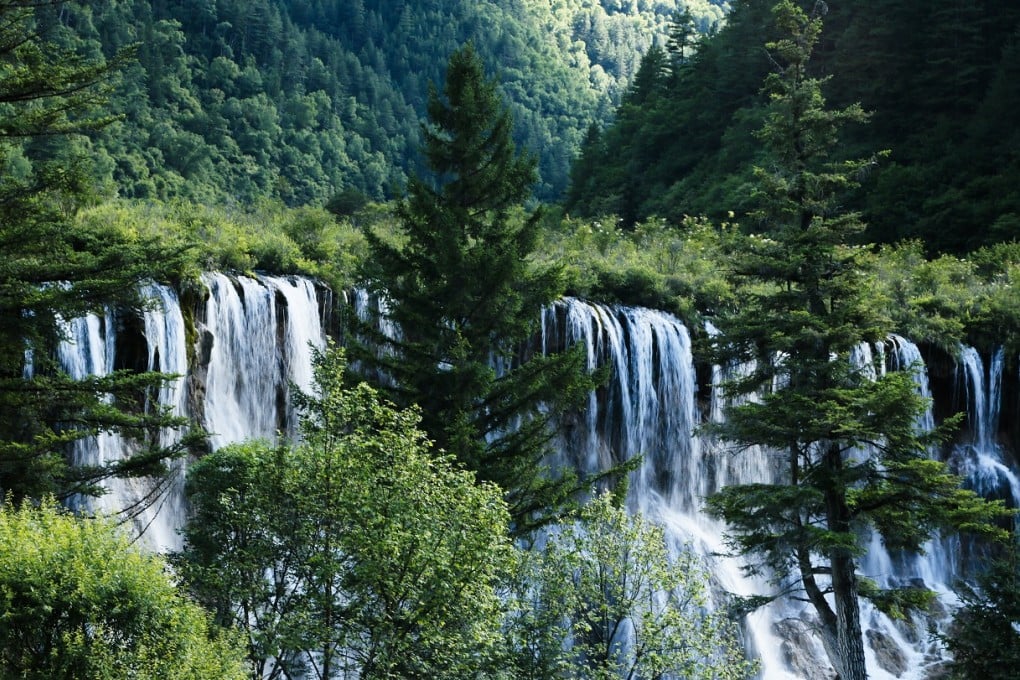Nature’s power to restore iconic UNESCO Heritage Site Jiuzhaigou works wonders
The captivating beauty of Jiuzhaigou, or “Nine Village Valley”, in Sichuan Province, China, has been crafted by nature over hundreds of millions of years. A massive earthquake that hit the UNESCO’s World Heritage Site in early August damaged some scenic sites of the Jiuzhaigou National Park and forced its temporary closure.

[Sponsored Article]
The captivating beauty of Jiuzhaigou, or “Nine Village Valley”, in Sichuan Province, China, has been crafted by nature over hundreds of millions of years. A massive earthquake that hit the UNESCO’s World Heritage Site in early August damaged some scenic sites of the Jiuzhaigou National Park and forced its temporary closure. However, nature has its curious way of reshaping dreamy landscapes, making them even more wondrous. Experts familiar with the unique geology of Jiuzhaigou are confident that some of the damaged scenic areas will be restored, either naturally or artificially.
Powered by nature, the transformation of Jiuzhaigou’s breathtaking landscapes and vibrant colours has remained a work in progress. The area’s unique high- altitude landscape underlain with limestone is constantly evolving, chiseled and carved by glacial, hydrological and tectonic activity triggered by earthquakes, because it lies on the major faults on the diverging belt between the Qinghai-Tibet Plate and the Yangtze Plate.

Over 400 million years ago, Jiuzhaigou, on the edge of the Tibetan Plateau, was covered by crystal clear seawater so shallow that it allowed abundant sunlight to penetrate its depths, enabling many prehistoric organisms and marine flora and fauna to thrive. Thanks to photosynthesis and depository of the remains of multiple life forms, a thickening layer of calcium carbonate began to form under water, measuring around 4,000 metres in depth. Jiuzhaigou’s world-renowned lakes of blue, green and turquoise colours originate from the glacial activity and hydrological forces. Years of natural phenomena, including landslips, rock falls, mineral sediment building, dammed the lakes that were later solidified by the magical process of carbonate deposition (travertine). The lakes’ highly prized vivid palette is a result of the high concentration of calcium carbonate. Its crystal-like clarity makes the bottom of these lakes highly visible even in tremendous depths.
The vista of colourful lakes is enhanced with the backdrop of magnificent snow-capped mountains, including the 4,000-metre Zha Yi Zha Ga Mountain, that were shaped by glacial movements and hydrological effects after the ice ages. Massive glaciers also coursed through the plateau and carved out spectacular valleys and their gullies, as well as the stunning waterfalls, including the iconic Nuorilang Falls. The subsequent melting of glaciers transformed parts of the land into lakes. Jiuzhaigou is also a unique ecosystem of amazing biodiversity: some areas are home to 40 percent of China’s plant species that change colours along with the seasons.
